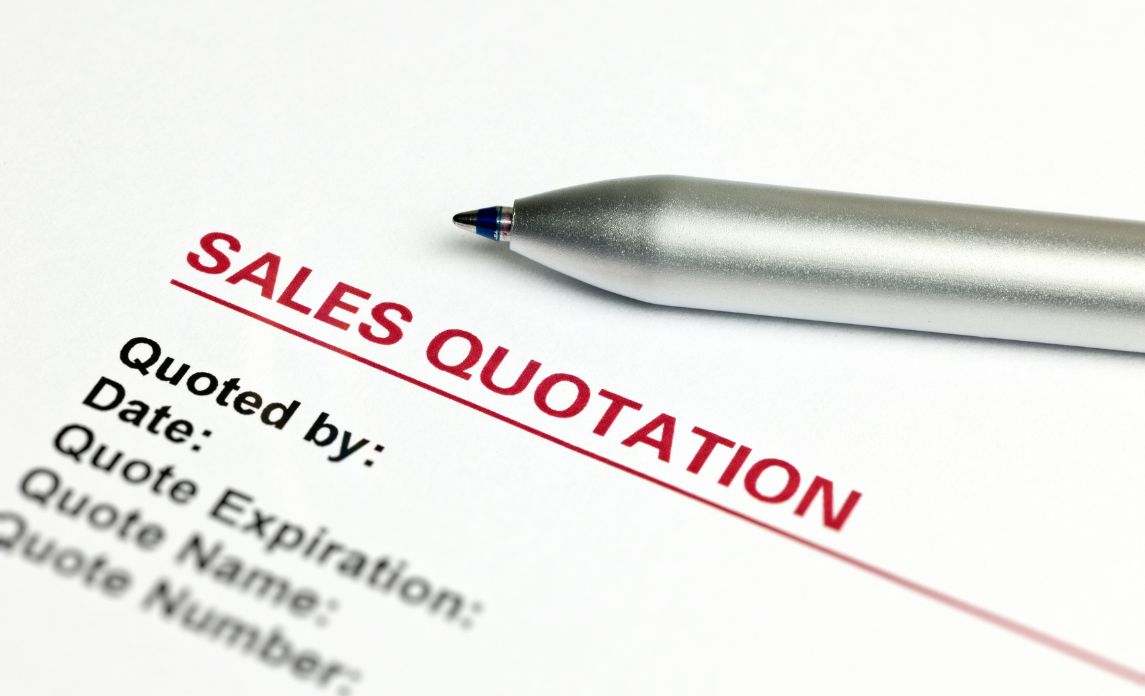One of the trickiest parts of running a commercial cleaning business is pricing. If you don’t come up with reasonable rates, you risk not only driving customers away but also losing a lot of money.
The problem is that commercial cleaning services cover a wide scope of tasks, which means that prices can also vary widely. In addition, bigger jobs can sometimes change as it goes; this results in a price increase that can go unchecked and shock clients.
To make sure that your rates are competitive, here are the top 6 considerations you need to factor in your cleaning job quotation:
How Big the Space Is
The logic is simple: the bigger the area, the higher the cleaning cost. Not only will an expansive space take longer hours to clean, but it also requires more cleaning products. It will also likely require more manpower.
A bigger space also means more rooms, windows, as well as nooks and crannies to sweep, scrub, and shine. This is why you might sometimes see cleaning quotations that are based on total floor area.
The Standards of Cleaning
There are different types of commercial establishments, and each has different standards of cleanliness. A good example here would be hospitals and other health facilities, which need to be cleaned and disinfected frequently and thoroughly to prevent the spread of disease.
In the same manner, food-related establishments, including those involved in manufacturing, also need to be cleaned to exacting standards. This ensures that the food and beverages produced are not contaminated.
The procedures and equipment for these cleaning tasks are more complex. Thus, they will definitely cost more.
The Type of Cleaning
In calculating price quotations, adjacent to cleaning standards as mandated by industry practices and governing bodies would be the type of cleaning as requested or needed by the client. Usually, there are two types to consider: regular cleaning and deep cleaning
The former involves standard procedures, such as sweeping or vacuuming, mopping, and dusting of surfaces. It may also involve the routine cleaning of bathrooms, including replenishing hygiene supplies and disinfecting surfaces.
The latter, on the other hand, involves more thorough cleaning. From washing carpets to scrubbing the toilet, as well as complete disinfection, deep cleaning is definitely more laborious.
There’s also move-in/move-out cleaning, which is a service specifically for commercial space tenants preparing to settle in or leave. Move-out cleaning is especially crucial, as it helps ensure that the customer gets their deposit back from the owner.
When you factor in all the tasks involved and the importance of the services, deep cleaning and move-out cleaning should be priced higher.
Frequency
The frequency of cleaning is also an important consideration when preparing a commercial cleaning cost quotation. Most office spaces will require daily regular cleaning, and perhaps a bi-weekly or monthly deep cleaning.
Of course, it also depends on what your client requires or requests. As a business owner, you may recommend a cleaning package but the final decision will still be up to the customer. In general, however, you can provide discounts for more frequent, regular cleaning.
Time of Cleaning
Another thing that affects commercial cleaning rates is the time. Specifically, the time of day you do the job—daytime cleaning is cheaper than nighttime cleaning. Think of it as taking on the graveyard shift, with a corresponding hazard pay.
Do note that some establishments are ideally cleaned only after hours because of the nature of business, in order to be as unobtrusive as possible. Still, check with your clients if they want you to clean during the day.
In addition, some customers may also not be aware of higher rates for after hours cleaning. Make sure to inform them so there are no surprises.
Preferred Cleaning Products
Some clients have preferred cleaning products, such as those that are sustainably made, non-toxic, and eco-friendly. At times, they may also want specific fragrances or brands (the latter may be due to partnerships or the like).
Whatever the reason may be behind a customer’s preference, you will usually end up with two choices. First is that the client will provide their own cleaning products and you can take the cost off the total. The second is that you will purchase these cleaning products yourself and then add it onto the cost.
Either way, make sure to present both options to your customers and have them choose. This will prevent any misunderstandings and ensure smoother transactions.
Last but certainly not least, make sure to factor in labour costs. To calculate this figure, first determine the labour hours and then multiply it by the number of employees working for that time period.
Then, calculate the hourly labour cost. Make sure to add all employee-related expenses and not just the hourly pay. Some examples of employee-related expenses include taxes and worker’s compensation. Finally, multiply the labour hours by the hourly labour cost to get the total.
Once you figure everything out, you’ll be able to provide an accurate quotation for commercial cleaning rates.


